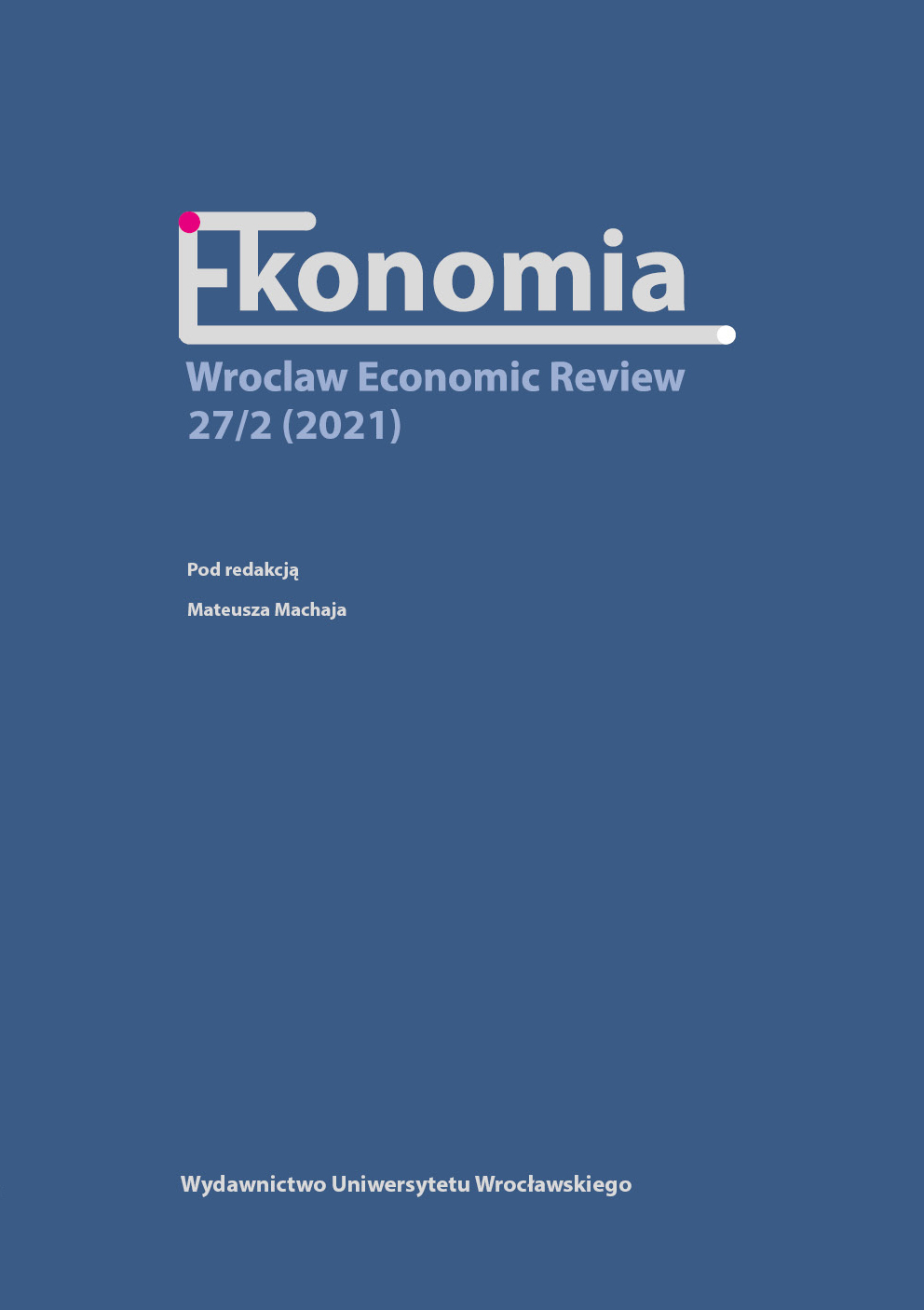

Artykuły

Policymakers and economists consistently implement monetary and fiscal policy to control economic growth, inflation, and unemployment due to the fact that these three factors directly influence people’s living standards. Every country has a different economic characteristic structure. Economic growth and inflation have a strong correlation in some countries, while other countries have a strong correlation between economic growth and unemployment. Therefore, investigating the causal relationship among economic factors can provide us with a better understanding of how economic phenomena affect each other. In South Korea, economic growth, inflation, unemployment have been in balance since the 1998 Korean economic crisis. Hence, investigating the economic growth, inflation, and unemployment of South Korea will enlighten how these three economic indicators affect each other in a country that developed rapidly and had several economic crises. To investigate such a model, the Vector Autoregressive Model (VAR) is used with the data between the years 1980 and 2019 in order to verify whether Okun’s law or/and the Philips curve hold in South Korea. The research also determines if there is either a bi-directional or uni-directional relationship if economic growth, inflation, and unemployment have a causal relationship. The research demonstrates that GDP is the main factor in South Korea that influences the other economic factors. This research paper can contribute to academia, since it has a vital outcome which shows that the mobility of the unemployment rate in South Korea is directly correlated to the movement of GDP.